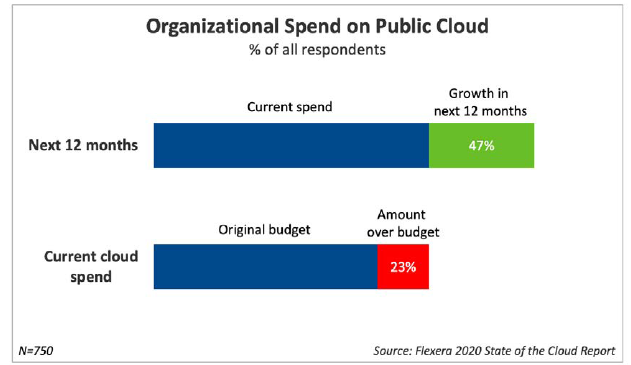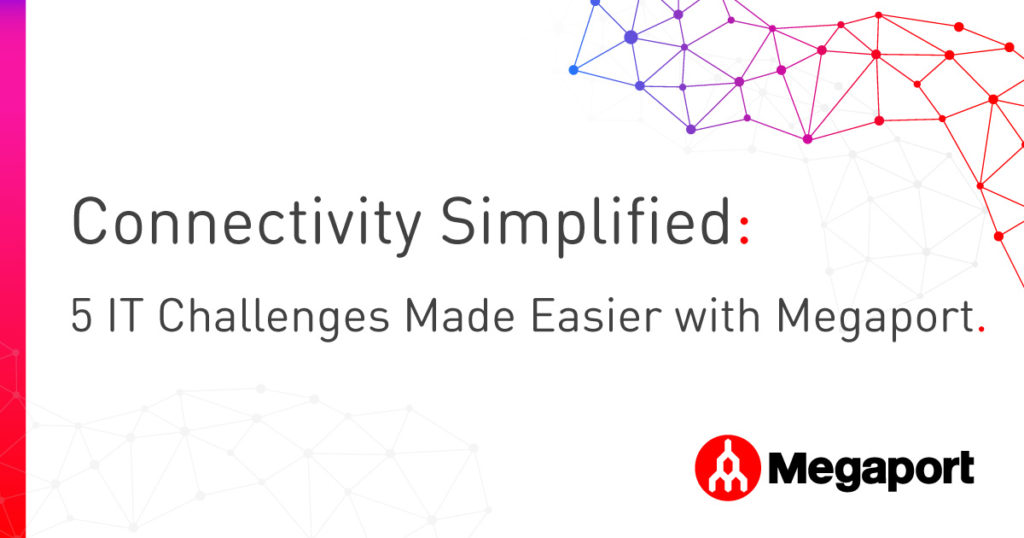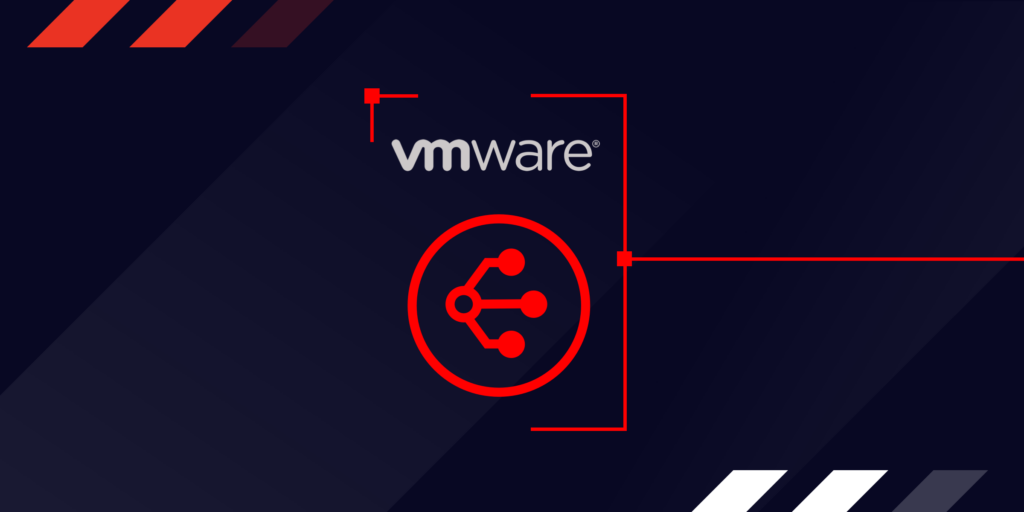
Need to Reduce Your Overall Cloud Spend? Consider a Better Connectivity Model
- July 22, 2020
Cloud adoption continues to accelerate while managing cloud spend remains a challenge for most organisations.
According to Gartner research , more than a third of organisations see cloud investment as a top three investment priority, with the expectation that more than 30% of technology providers’ new software investments have shifted from cloud-first to cloud-only, with more and more IT spending being allocated, or reallocated, to fund cloud related initiatives.
There are several reasons for the success of the cloud, and there are several advantages that drive companies to make use of cloud technologies instead of traditional on-premises solutions.
Advantages and benefits are heavily dependent on the type of technology being deployed and used, the particular type of project, and many other criteria. However, it is possible to identify broad organisational benefits that have made the cloud so appealing to companies:
- Scalability
- Flexibility
- Automatic maintenance of software licenses, patches, and upgrades for the majority of PaaS/SaaS solutions
- Predictive cost model
- No need for upfront CAPEX
Cloud Adoption Is Soaring, and So Are Cloud Budgets
At the same time that the world is enthusiastically embracing all that the cloud offers, organisations are struggling to handle cloud spend according to a recent report by Flexera , in which they concluded that organisations are over budget for cloud spend by an average of 23 percent, and expect cloud spend to increase by 47 percent next year.

It is easy to see how cost-related advantages play a major role in soaring cloud budgets. Cloud represents a major shift from the traditional ways of procuring and purchasing IT equipment and services, and has set a very high benchmark to the rest of the technology world. If a fleet of servers can be spun up in minutes using simple API calls, and payment is only for the time those servers are running, why can’t this be done with other parts of an application or infrastructure?
Organisations should be able to take advantage of what the cloud offers while at the same time keeping within their budget. The answer is optimising costs where you can. A good place to start looking for savings is cloud connectivity.
Going the Traditional Route: VPN and Dedicated Telco Circuits
If there is one service that has struggled in the quest to innovate and align economics with that of the cloud, it is surely connectivity. With the boom of cloud service providers, hybrid connectivity has found a new relevance, but without focusing your connectivity approach, you are not maximising the advantages of cloud computing. Worse still, leveraging the wrong technologies at the outset can often negatively impact an organisation’s overall experience and journey.
Due to simplicity and (apparent) low barriers to entry, public internet and VPNs are usually the first choices when considering public cloud connectivity. This is particularly common for organisations using cloud for non-critical workloads – applications that are usually less sensitive to high or unstable latency, service level agreements, lack of performance predictability, and lower network throughput.
However, organisations running mission-critical workloads, which are typically sensitive in terms of performance and security, might look to alternatives such as dedicated circuits procured directly from telecommunications service providers. Unfortunately, due to their nature, dedicated circuits are usually expensive, requiring organisations to factor in long lead times and one-off installation charges that are usually opaque and inconsistent.
Agreements to sometimes lengthy contractual agreements are usually also required, and lead times to provision dedicated circuits can take several weeks. Even a simple change in bandwidth can often require several interactions and steps before it is completed.
These factors naturally increase the total cost of ownership of such a solution, since it is affected by not only the costs of pure connectivity, but also the additional burden of network management and support challenges.
When looking at the two worlds – cloud and traditional connectivity – it is easy to notice a strong dissimilarity between the way each solution deals with resources, capacity, changes, and economics. On the one hand, the cloud has concepts such as infrastructure as code, serverless computing, on-demand capacity, auto-scaling groups, and pay-per-second without long term commitments. On the other hand, traditional connectivity exists in a world where multi-year contracts are still considered the standard, where a circuit is ready in four to six weeks, and where elasticity and flexibility are concepts not yet well understood.
When considering both options, the question naturally arises:
Which lessons from the best practices of cloud service providers can be adopted for optimising network connectivity, particularly in terms of cost control and functionality enhancements?
Megaport SDN Changes Everything
Megaport’s Software Defined Networking (SDN) is an implementation of Network as a Service (NaaS), and therefore aligns its connectivity model with the benefits and economics of the cloud service providers (CSPs), allowing enterprises to finally look at connectivity the same way they have been looking at the cloud.
With Megaport, an enterprise can:
- Right-size connectivity based on business-specific workloads and requirements: scale network connections at any time, saving costs and optimising your connectivity performance.
- Create connections with point and click using a web portal, or use documented APIs.
- Connect from a single network interface (a Megaport) to data centres, cloud providers, and Internet Exchanges all around the world.
- Transport data, both within and between metros, using the global Megaport backbone, all backed by 100% availability SLA.
- Create multicloud architecture using a virtualised, distributed layer 3 hosted routing backplanes without the need to be a networking expert or CLI guru — point and click will do the magic.
All of this without:
- Committing to long term contracts, typical in traditional telco commercial agreements.
- Paying one-time charges or set up fees — standard Megaport agreements are month to month, and cancellation and termination fees are not applicable within the connectivity model.
- Having to rely on order forms, vendor technical support, or implementation teams to set up connectivity or to make any changes to network architecture — Virtual Cross Connects (virtual point-to-point connections, presented as a VLAN between end-points) can be created using the portal or API, and provisioned in 59 seconds.
The flexibility of this model not only minimises network costs, but also reduces the total cost of ownership of the solution.
Taking the complexity out of network design and implementation results in savings on not only pure network operating costs, but also support and management challenges. Egress data — the amount of money certain CSPs charge to customers every time a gigabyte of data leaves their network — can also be drastically reduced when a dedicated cloud connection is used.
Elastic capacity can further help to reduce costs by allowing enterprises to use the right amount of bandwidth only when needed — and only pay for what they use — saving money by running the link at reduced rates whenever capacity is no longer in high demand. (You can try out different pricing scenarios yourself using the Megaport Pricing Tool .)
Cost Advantages of the Megaport Cloud Router (MCR)
We’ve all seen the dramatic rise in recent years of the number of companies that run their entire workloads in the cloud with two or more cloud service providers and have nothing on-premises and no data centre space. Dedicated connectivity is hard to achieve. Physically cross connecting different CSPs requires a networking device located within data centres hosting the peering edge of those specific service providers.
For a company without physical colocation space, this is an issue that should not be underestimated. Solving this problem is a complex and costly exercise, sometimes requiring the company to pay a third-party managed service provider (MSP) to provision a physical router, a cross connect, and Layer 3 connectivity — an expensive proposition. Alternatively, the company might look at provisioning their own physical rack space and managing the entire end-to-end process autonomously; in either case, the solution is very costly and time consuming.
The Megaport Cloud Router, however, being a virtual Layer 3 hosted router living within the Megaport network, can easily solve this challenge. With an MCR, cloud-to-cloud connectivity can be achieved without the traffic requiring on-premises Layer 3 routers, and instead is able to flow directly between cloud providers through the Megaport network, which is already cross-connected to and integrated with the world’s leading cloud service providers in hundreds of locations around the globe. An MCR can be deployed in a few clicks within the easy-to-use Megaport Portal or through APIs, and the entire Layer 3 configuration can be completed in mere moments without ever having to touch a router Command Line Interface (CLI).
It’s so simple, in fact, that when it comes to AWS, Azure, and Google, there is full Layer 3 integration, so you will not even need to fill out any Layer 3 connection details such as IP addresses, autonomous system (AS) numbers, and so forth.
Multicloud and multi-region architecture, as well as virtualised networking and private hybrid cloud connectivity, can also benefit from the Megaport Cloud Router.
More information on how MCR can help your business can be found on our website page, Megaport Cloud Router , and in our overview video .
Learn More about How to Optimise Your Cloud Spend with Megaport
If you are interested in leveraging the Megaport Software Defined Network (SDN), and bringing overall TCO advantages to your organisation, please reach out to the team.


